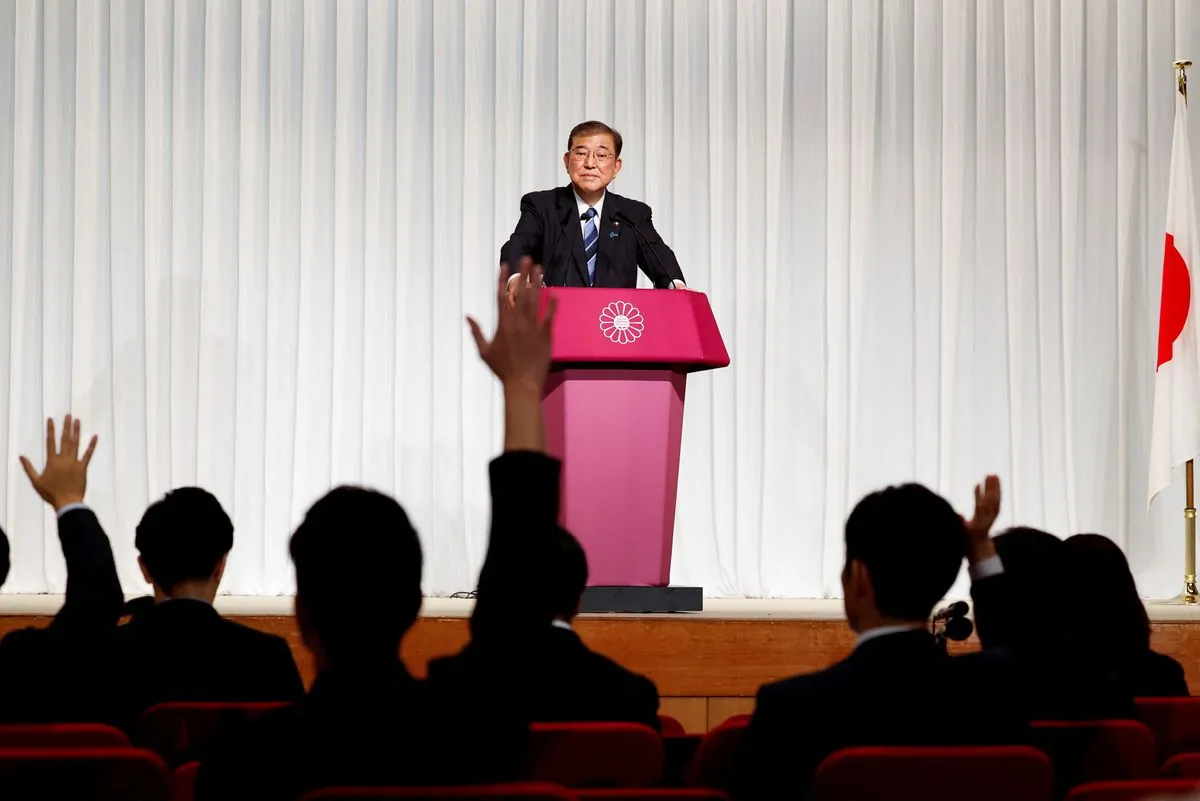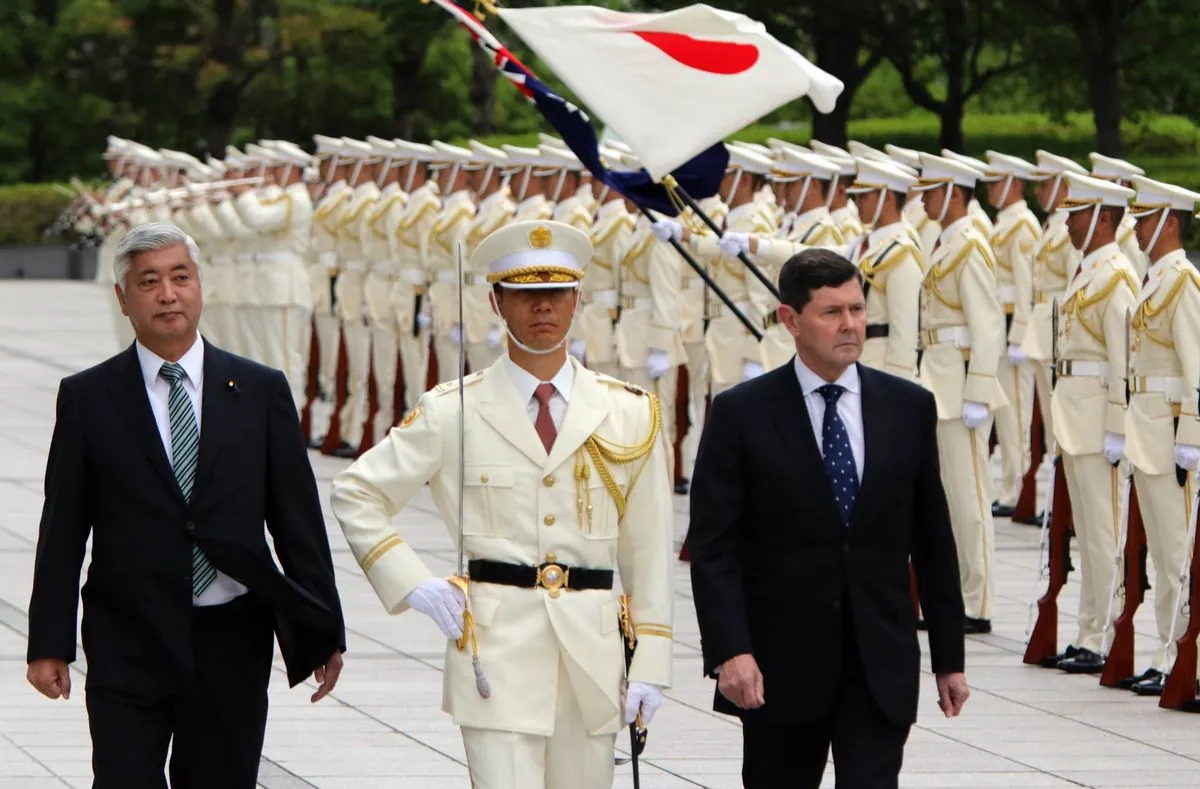Japan's New PM Ishiba Signals Stability with Key Cabinet Picks
Shigeru Ishiba, Japan's incoming prime minister, opts for experienced politicians in crucial government roles, hinting at policy continuity. He considers a potential snap election and maintains an accommodative economic stance.

Shigeru Ishiba, Japan's incoming prime minister, has indicated a preference for stability in his initial selections for key government positions. This move suggests a desire to maintain continuity following an unpredictable leadership contest within the Liberal Democratic Party (LDP), Japan's dominant political force since 1955.
The 67-year-old Ishiba emerged victorious in the LDP leadership race on September 27, 2024, prevailing in a run-off after an unprecedented field of nine candidates. As he prepares to form his government on October 1, Ishiba has turned to seasoned LDP veterans for crucial roles.
Former Defence Minister Takeshi Iwaya is set to become foreign minister, while Yoshimasa Hayashi will retain his position as chief cabinet secretary. The latter role, established in 1947, is often considered the government's second-in-command and includes responsibilities as the top government spokesperson.
Katsunobu Kato, a former chief cabinet secretary, is expected to be named finance minister. This appointment comes at a critical time, as Japan boasts the world's third-largest economy by nominal GDP. The Ministry of Finance, which Kato will oversee, has been a cornerstone of Japan's economic governance since its establishment in 1869.
In a move that underscores the importance of defense matters, Gen Nakatani is slated to return as defense minister, a position he previously held from 2014 to 2016. This appointment gains significance in light of Japan's unique constitutional stance on military matters, with Article 9 of the 1947 constitution renouncing war.

Ishiba's cabinet selections reflect Japan's complex political landscape. The country has had 100 prime ministers since the Meiji Restoration in 1868, operating under a parliamentary system with a constitutional monarchy. The prime minister is not directly elected by the public but chosen by the Diet, Japan's bicameral legislature.
In a televised interview, Ishiba hinted at the possibility of a snap election, potentially as early as October 2024. This decision comes as Japan faces significant challenges, including a rapidly aging population, with over 28% aged 65 or older as of 2020.
On economic matters, Ishiba signaled a commitment to maintaining an accommodative monetary policy. This stance aligns with recent trends in Japan's economic management, including the implementation of negative interest rates since 2016. The incoming prime minister's approach suggests a continuation of efforts to stimulate Japan's economy, which experienced a remarkable postwar economic miracle with average growth of 10% in the 1960s.
As Ishiba prepares to lead Japan, he inherits a nation grappling with both domestic and international challenges. His cabinet selections and policy indications suggest a balanced approach, drawing on experienced politicians while considering potential changes through a snap election. The coming months will reveal how Ishiba's leadership will shape Japan's future in an increasingly complex global landscape.


































